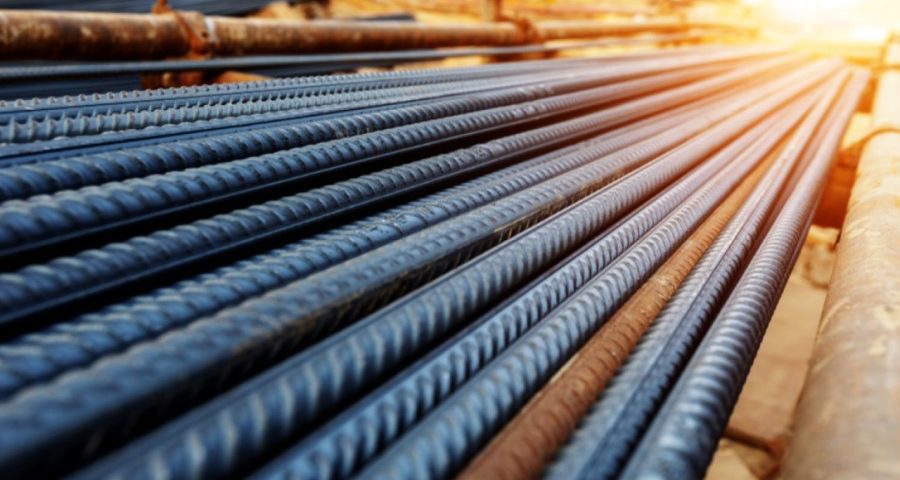Doing business

Over the first five months of this year, consumption of long products in Ukraine increased by 12.9% y-o-y – to 550,000 tons. The potential for further market growth is limited, as the positive dynamics are associated with the construction of fortifications, which cannot serve as a basis for a long-term market recovery.
Traditionally, the share of imports in the long products market is not high. In particular, during 2023-2024, it amounted to 1.5-1.6%. According to the results of the first five months of 2025, the share of imports in consumption is 3.2%. The existing geopolitical risks may contribute to further growth in imports, creating a potential threat to Ukrainian producers.
This year, protective measures were introduced or strengthened in all key steel product markets: the US, the EU, and India. Together, these measures could potentially reduce global market demand by 14-18 million tons, which, against the backdrop of growing exports from China, could have destructive consequences for markets that do not have adequate protection.
The Ukrainian market is in a vulnerable position. Ukraine has protective measures against imports of long products only from Moldova and Belarus, while major global players, in particular Turkey and China, are not subject to any restrictions. Turkish producers have an advantage over Ukrainian steel companies due to their cooperation with the aggressor country, purchasing cheap semi-finished products and gas. Chinese companies are able to offer the lowest prices thanks to state support.
The SBA will also be one of the measures that will lead to a change in trade flows – there will be increased pressure from converter-produced steel on markets without appropriate regulation. The European SBA has set off a chain reaction: other countries, including the US, Canada, the UK, Australia, and Norway, are already considering introducing similar national instruments.
The destructive impact of increased imports on the market may not only be in the replacement of local production volumes, but also in pressure on prices.
Source: https://gmk.center/